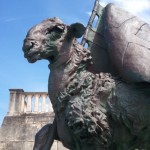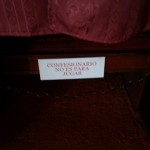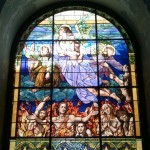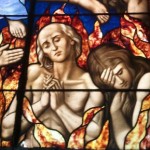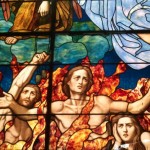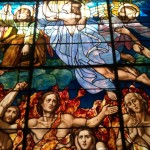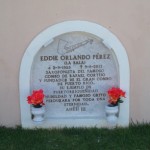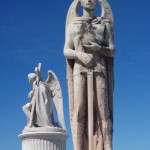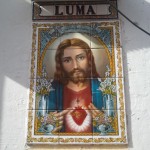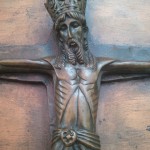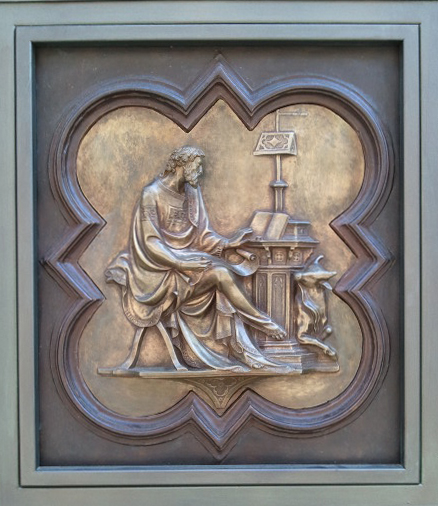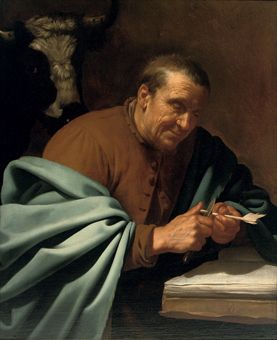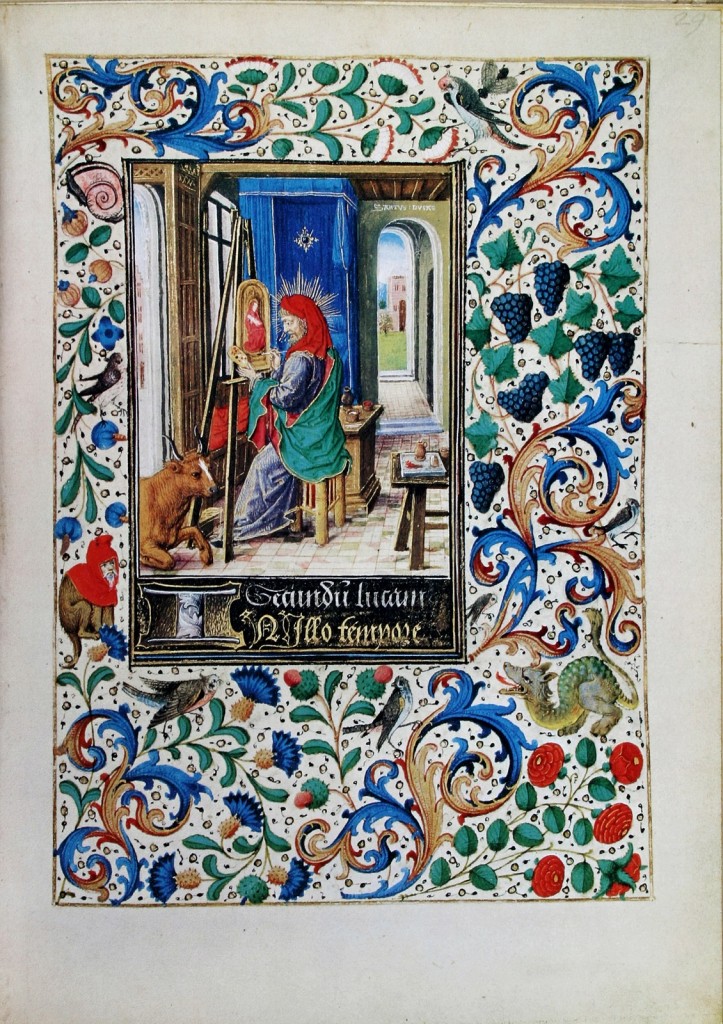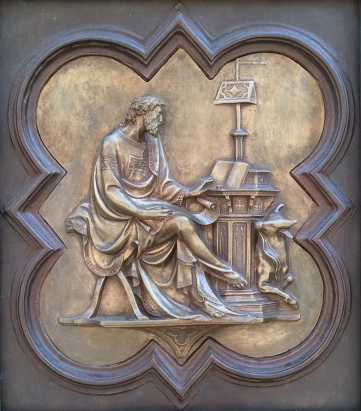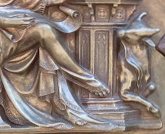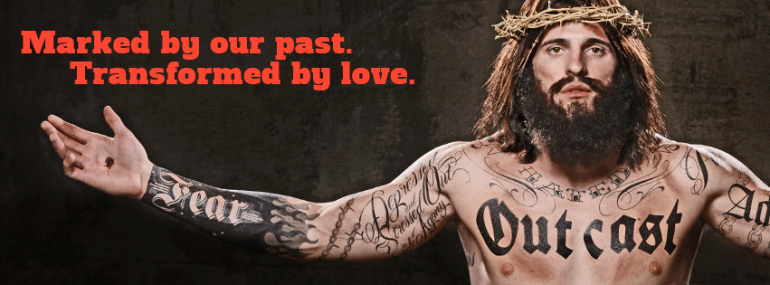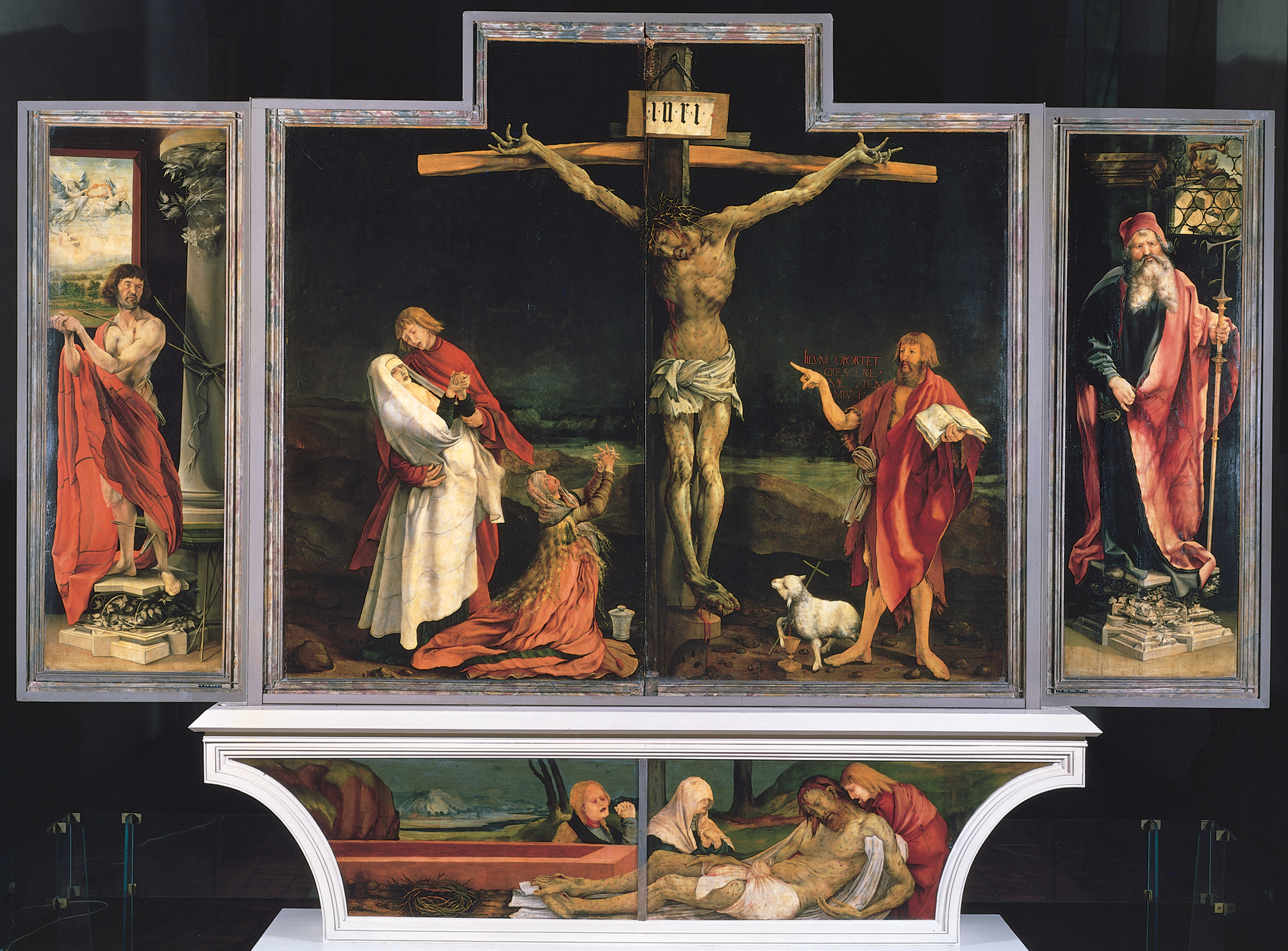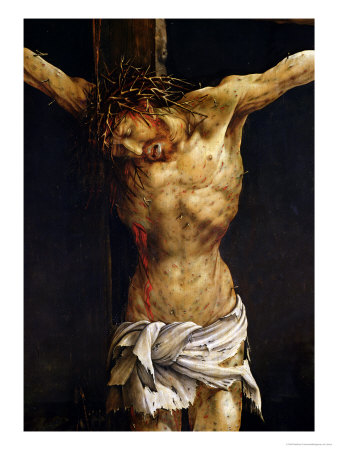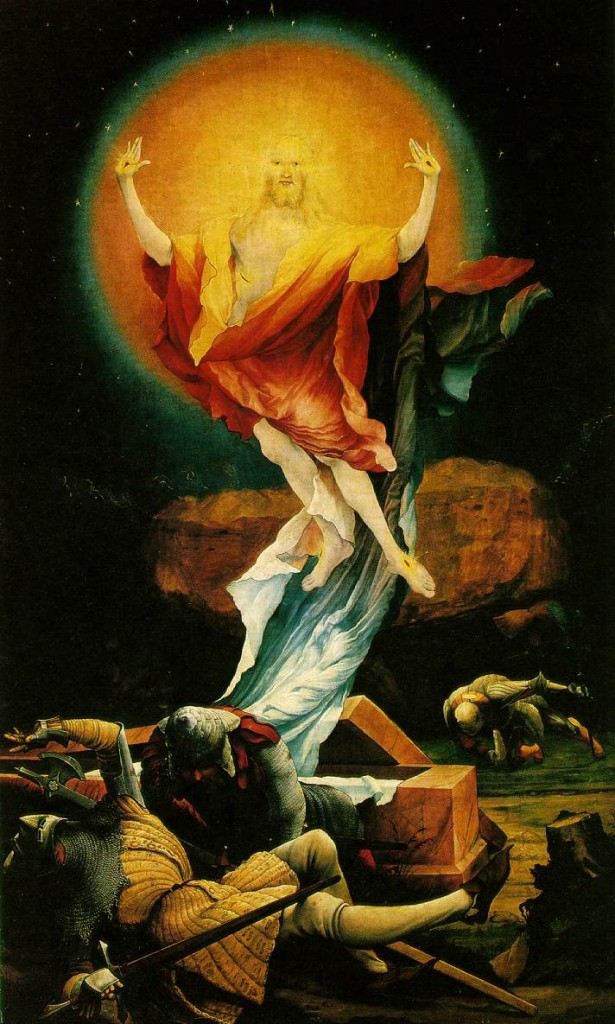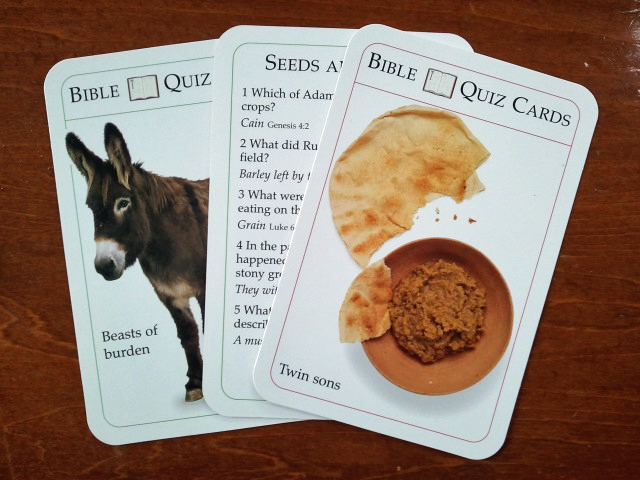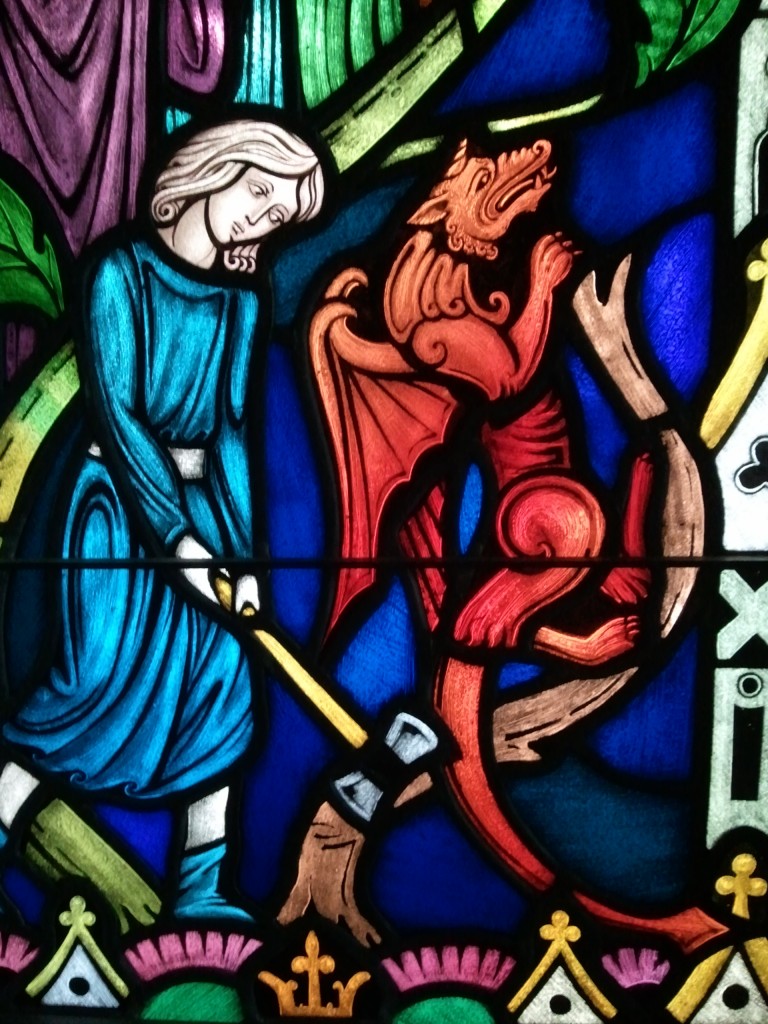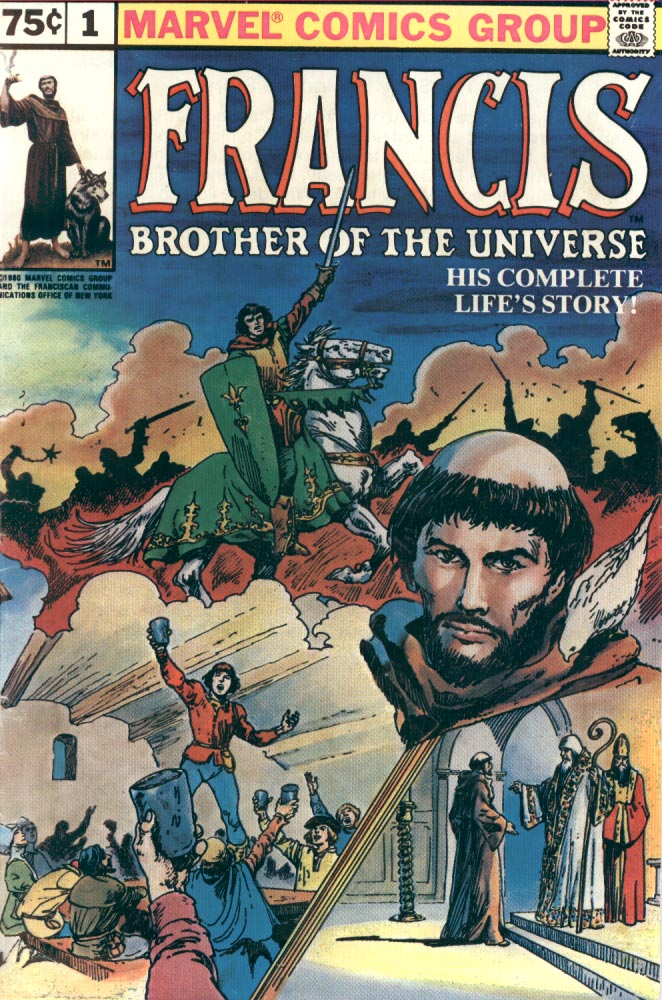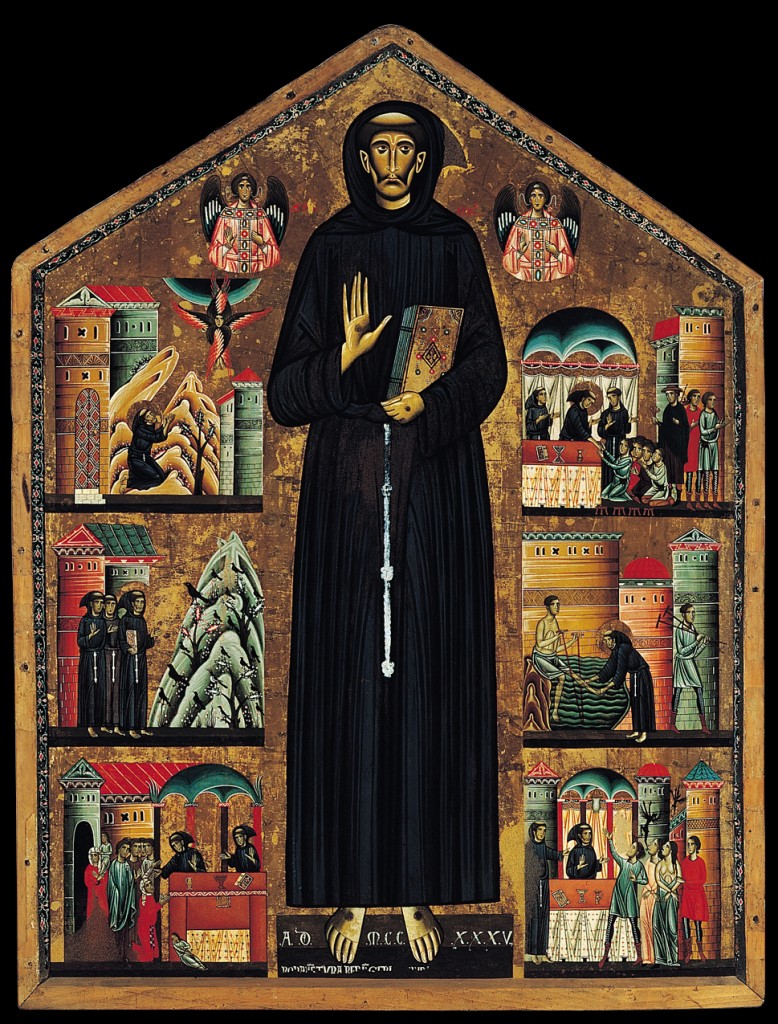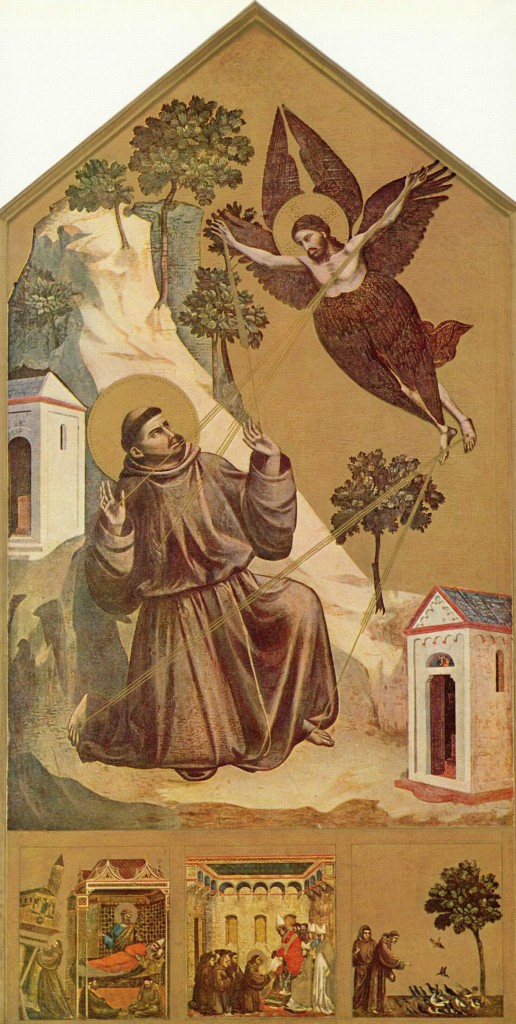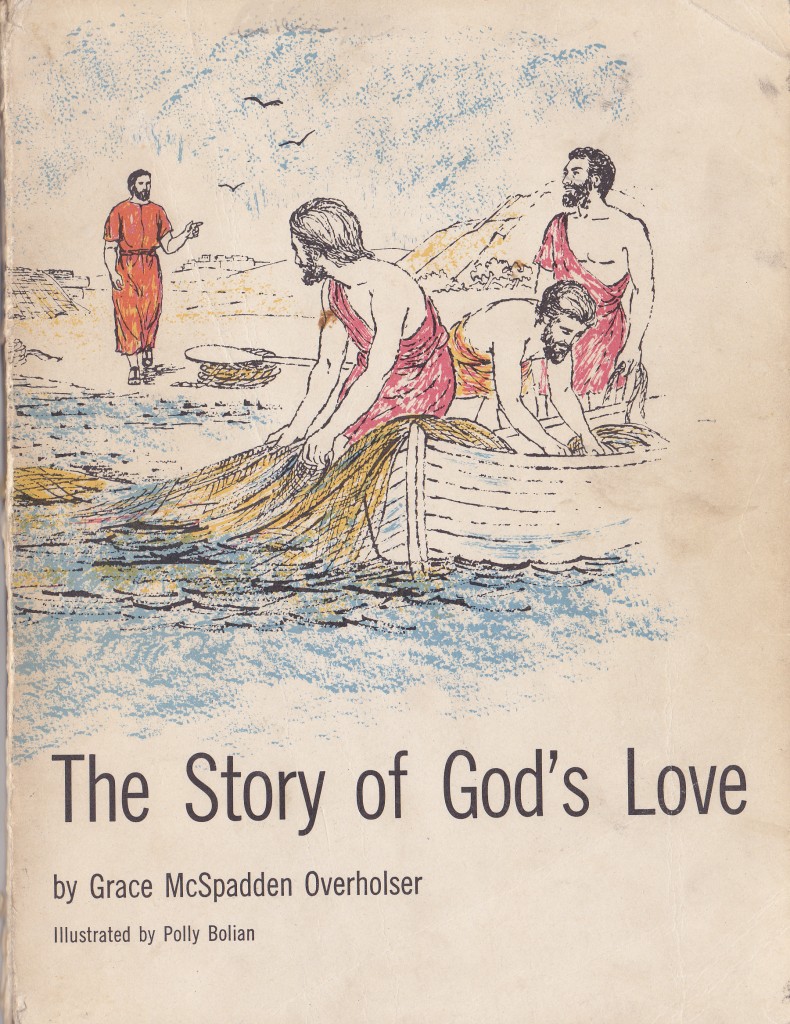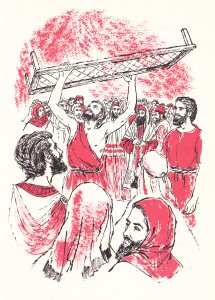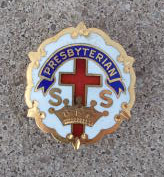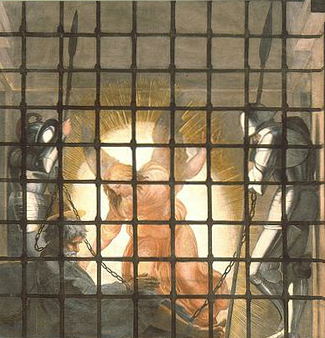
Let this be recorded for a generation to come,
so that a people yet unborn may praise the Lord:
that he looked down from his holy height,
from heaven the Lord looked at the earth,
to hear the groans of the prisoners,
to set free those who were doomed to die;
that men may declare in Zion the name of the Lord,
and in Jerusalem his praise,
when peoples gather together,
and kingdoms, to worship the Lord.
Psalm 102: 18-22
When we read this psalm or the passage in Isaiah, we tend to imagine a modern justice system, where prisoners serve their time, pay their debt to society, and are eventually released. We think about justice and mercy. We think about getting out on appeal and catching a break.
We would do better to remember a time when, if they threw you in the dungeon, the powers that be were done thinking about you. You were doomed. Unless someone on the outside could bring your case to mind again, your cries of pain or protestations of injustice were useless. No wonder some darkly creative mind named the oubliette, a place for the forgotten.
We are all, in a sense, prisoners doomed to die. No one escapes. We don’t know how long we have. We wonder if we’ll be forgotten. We look around and ask God “…and am I born to die?”
The darkness and suffering are real, but the Lord does not forget. We shall again praise him.
“And am I born to die” words by Charles Wesley.
Doc Watson sings accompanied by his father-in-law, Gaither Carlton, on fiddle.
And am I born to die?
To lay this body down?
And must my trembling spirit fly
Into a world unknown –
A land of deepest shade,
Unpierced by human thought,
The dreary regions of the dead,
Where all things are forgot?
Soon as from earth I go,
What will become of me?
Eternal happiness or woe
Must then my portion be;
Waked by the trumpet’s sound,
I from my grave shall rise,
And see the Judge with glory crowned,
And see the flaming skies.
How shall I leave my tomb?
With triumph or regret?
A fearful or a joyful doom,
A curse or blessing meet?
Will angel-bands convey
Their brother to the bar?
Or devils drag my soul away,
To meet its sentence there?
Who can resolve the doubt
That tears my anxious breast?
Shall I be with the damned cast out,
Or numbered with the blest?
I must from God be driven,
Or with my Saviour dwell;
Must come at his command to heaven,
Or else – depart to hell.
O thou that wouldst not have
One wretched sinner die,
Who died’st thyself; my soul to save
From endless misery!
Show me the way to shun
Thy dreadful wrath severe,
That when thou comest on thy throne
I may with joy appear.
Thou art thyself the Way;
Thyself in me reveal;
So shall I spend my life’s short day
Obedient to thy will;
So shall I love my God,
Because he first loved me,
And praise thee in thy bright abode,
To all eternity.


